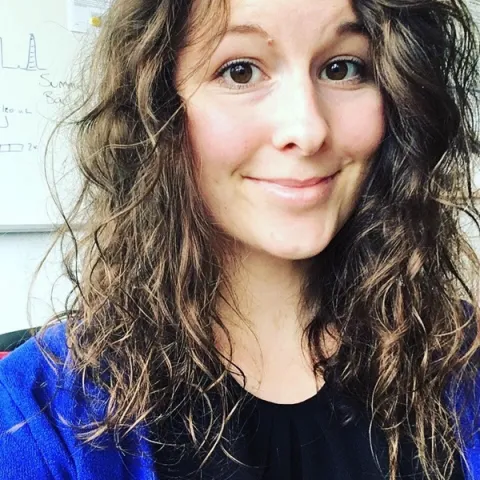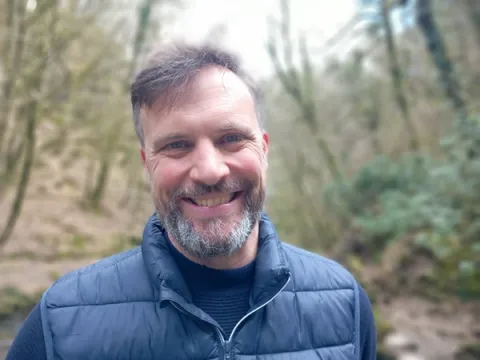About the project
Everyone knows about coral bleaching, but what about foraminifera bleaching? In this project, you will investigate how the photosymbiotic relationship between the major marine calcifiers, planktic foraminifera and their symbionts changed in response to past global warming and ocean acidification over the past 60 million years (e.g. MMCO, MECO, PETM).
Life rarely exists in isolation. Instead, species often form complex relationships with other species shaping their evolutionary and ecological dynamics. Symbiosis is such a phenomenon where two or more distinct species coexist closely, often resulting in mutual benefits. Coral bleaching underscores how drastic environmental changes can harm organisms and ecosystems by disrupting these symbiotic relationships. Thus, understanding symbiosis dynamics in a rapidly changing world is critical.
Planktic foraminifera are microscopic marine zooplankton that produce calcareous tests, and play a key role in modulating global climate and ocean chemistry. In nutrient-limited areas, many planktic foraminifera host endosymbionts, sharing their metabolic nitrogen and phosphorous with autotrophic symbionts in exchange for organic carbon. While the origination of symbiosis may reflect changes in the ocean’s nutrient cycling [1], identifying photosymbiotic and trophic activity in extinct species is challenging.
However, recent advancements allow measuring nitrogen and carbon isotopes in organic matter within planktic foraminiferal shells (FB-δ15N, FBOM-δ13C), which are distinct between symbiotic-bearing and non-symbiotic forms, due to symbiont-driven ammonia recycling. Thus, these proxies are promising new tools to study the evolution and importance of symbiosis through time.
This project begins with collecting modern samples from net tows and sediment core-tops. Using FB-δ15N and FBOM-δ13C you will investigate the uptake and recycling of nutrients in modern foraminifera. This technique is then applied to extinct foraminifera species from past climate analogues for future global warming, e.g. the Middle Miocene/ Middle Eocene Climate Optima and the Paleocene-Eocene Thermal Maximum (~ 16, 40 and 56 million years ago, MMCO, MECO and PETM). "
Supervisory team
The supervisory team includes supervisors from several organisations. Please contact the Lead Supervisor for more information about the team.
Training
The INSPIRE DTP programme provides comprehensive personal and professional development training alongside extensive opportunities for students to expand their multi-disciplinary outlook through interactions with a wide network of academic, research and industrial/policy partners. The student will be registered at the University of Southampton (UoS) and hosted within the school of Ocean and Earth Science. Specific training will include:
- Foraminiferal taxonomy
- Live foraminifera collection, e.g., culturing in Bermudas or plankton collection on a North Atlantic research vessel
- Isotopic mass ratio spectrometry for fossil-bound nitrogen and fossil-bound organic matter carbon at UoS, Max Planck Institute for Chemistry (Mainz, DE) and Princeton University (Princeton, US)
- Statistical data evaluation with R or python
- Presenting complex scientific material in spoken, written and graphical forms
The project would be ideally suited for a biologically minded Chemist, or a chemically minded Biologist, or any scientist with interdisciplinary Earth Science leanings.

